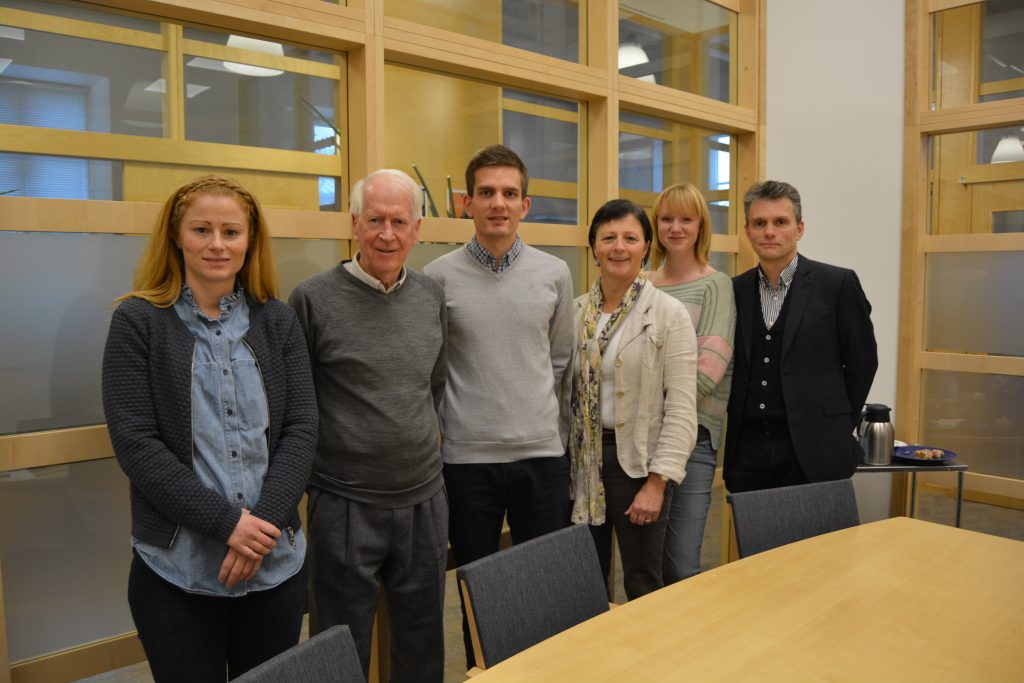How much is the environment worth?
Increasingly, companies need to know what environmental damage they make in monetary terms. Among other things, for financial reporting and cost-benefit analyzes. A new standard for monetary valuation of environmental damage costs is now approaching launch and Swedish Life Cycle Center has given a large contribution to it.
In the early 1990s some of Swedish Life Cycle Center’s partners started a work to find common ways to measure and evaluate environmental damage costs. The development of monetary valuation of environmental impact has been ongoing since then, and the introduction of the EPS (Environmental Priority Strategies) with monetary valuation took place in 1996. Over the years, the calculation method has been used by several major players in Sweden and internationally and is today hosted by IVL Swedish Environmental Research Institute.

”One aim with monetary valuation and EPS was to reach the companies, “says Bengt Steen, Professor Emeritus at Chalmers, who was the main creator of the method.
“A company’s main task is to create added value and get paid for it. By including environmental costs – and benefits – in the value calculation, sustainability work becomes a natural part of the business.”
But when different practitioners end up with different values, comparability and credibility are lost, and there is an urgent need for a standardized approach to monetary valuation. In 2015, Swedish Life Cycle Center with Bengt Steen in the lead initiated the international standard ISO 14008 (“Monetary Valuation of Environmental Impact and Related Aspects.”). With new knowledge from a completed research project in the area, we are now approaching launch.
The research project, run within Swedish Life Cycle Center with Bengt Steen as Project Manager, aimed to provide knowledge of what parameters that are most important to know in the monetary valuation of environmental damage costs, and moreover to influence the new standard. With help from three case studies at Volvo Group, AkzoNobel and Essity, the project team has been able to see which metadata that are most important to know in choices between different energy options.
“The case studies clearly show that it is essential to include a comprehensive list of emissions and use of natural resources, “says Bengt Steen about the results.
“One of my personal lessons from the project is how important human influences on the natural VOC emissions from forests may be.”
Another important lesson is that EPS is appreciated at the case study companies, partly because of the fact that the method looks beyond climate change and also puts spotlight on scarce resources.

”EPS gives deepened insight into a larger number of environmental issues than the commonly discussed climate change, “says Mia Romare at IVL Swedish Environmental Research Institute, who conducted the case study at Volvo Group.
“The results have also been well received and EPS has been discussed as a compass to avoid future environmental issues arising while we are trying to improve the climate change impact.”
The standard ISO 14008 (“Monetary Valuation of Environmental Impact and Related Aspects”) is now existing as a final draft and includes the requirement to report all metadata that proved to be important in the project case studies. The standard is expected to be launched in early 2019.
Read the full report from the research project
Read more about the research project

Text: Ulrika Georgsson
-
 Press Contact:Bengt Steen
Press Contact:Bengt Steen
